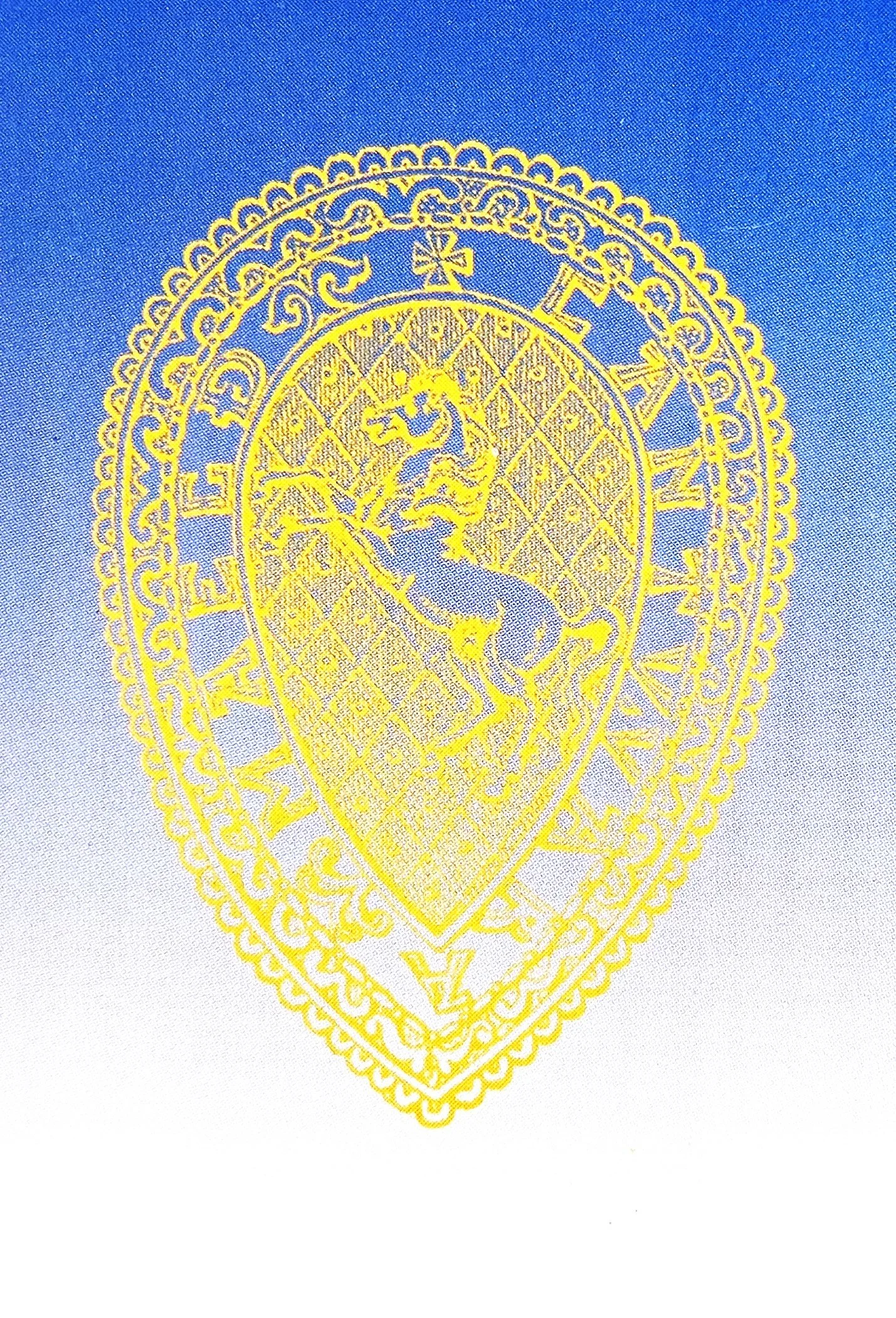
KAS Newsletter, Issue 69, Summer 2006
Unveiling Gillingham's Roman mausoleum treasures and a myriad of archaeological pursuits across Kent.
Contributions to the next issue are welcome. See the guidance for contributors and contact Editor Craig Campbell.
Search page
Search within this page here, search the collection page or search the website.
Previous
Previous
Leigh Gunpowder Mills
Next
Next







